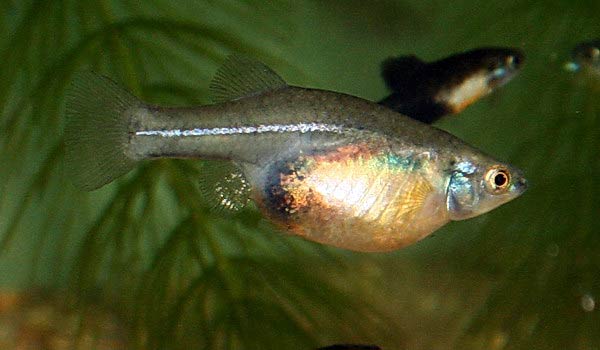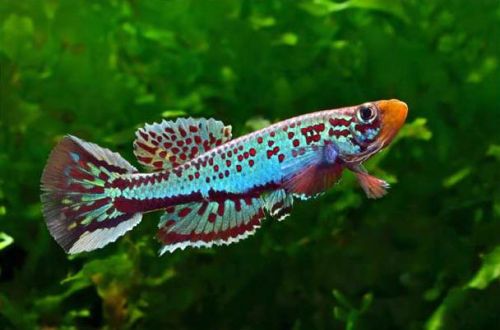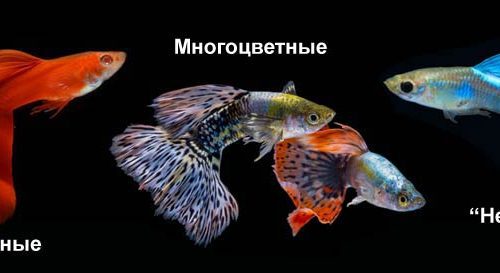
Scythia two-lane
Scyffia bilineata, scientific name Skiffia bilineata, belongs to the Goodeidae family (Goodeidae). It will be a good choice for the beginner aquarist due to its ease of maintenance and compatibility with other fish species.

Contents
Habitat
Comes from Mexico. Inhabits numerous rivers flowing down the Sierra Madre mountain ranges and carrying their waters towards the Pacific Ocean. The fish inhabits flat areas of rivers with a slow current. A typical biotope is a small turbid reservoirs with dense aquatic vegetation.
Brief information:
- The volume of the aquarium – from 40 liters.
- Temperature – 16-28°C
- Value pH — 6.5–8.5
- Water hardness – 12–25 dGH
- Substrate type – any
- Lighting – any
- Brackish water is permissible in a concentration of 5 gm per liter of water
- Water movement – little or no
- The size of the fish is 4–5 cm.
- Food – any food
- Temperament – peaceful
- Content – alone, in pairs or in a group
Description

Males reach a length of about 4 cm. Black colors predominate in color, the belly is golden. Females are larger (up to 5 cm) and look noticeably more massive. The body color is gray with a silvery belly.
Food
In nature, they feed on everything that they can swallow, these are algae, plant debris, small invertebrates. Such omnivorousness allows you to serve almost all types of food that are popular in the aquarium trade in a suitable size in dry, frozen and live form.
Maintenance and care, arrangement of the aquarium

For a group of 3-4 fish, an aquarium of 40 liters or more is enough. Any decoration, it is desirable to use a large number of aquatic plants where the fish could hide.
The content is simple, the two-lane Scythia is considered an unpretentious and hardy species, which in the warm months (in temperate latitudes) can even live in open ponds. In their natural habitat on the plateaus and along the coast, the water temperature is not stable, so the fish feel much better and are more likely to breed in unheated aquariums. The hydrochemical composition of the water is also not significant, provided that the pH and dGH values change smoothly without sudden jumps. Able to be in brackish water with a salt concentration of about 5 grams per liter.
Behavior and Compatibility
Peaceful sociable fish, males may not be too friendly towards each other, but in a large group, all signs of aggression are blurred. Compatible with most other types of comparable size.
Breeding / breeding
Females carry up to 20 large fry, which after birth reach about 1 cm in length. Thickets of small-leaved plants will help juveniles to hide from predation by adult fish. To save offspring, fry are recommended to be moved to a separate tank. You can eat normal food.
Fish diseases
The main cause of most diseases in the aquarium are unsuitable conditions. For such a hardy fish, the manifestation of one or another disease is likely to mean significant deterioration of the habitat. Usually, the restoration of comfortable conditions contributes to recovery, but if symptoms persist, medical treatment will be required. For more information on symptoms and treatments, see the Aquarium Fish Diseases section.





